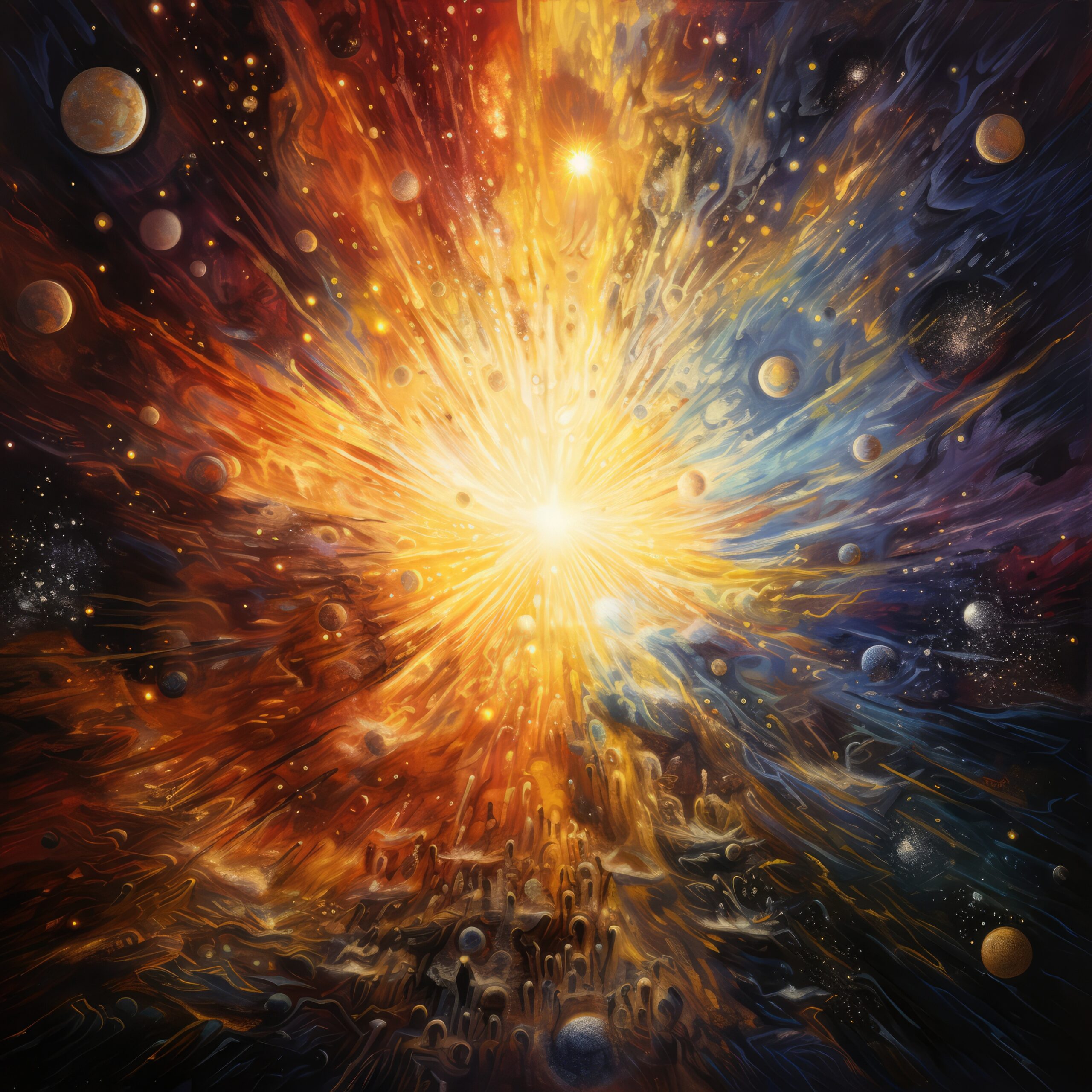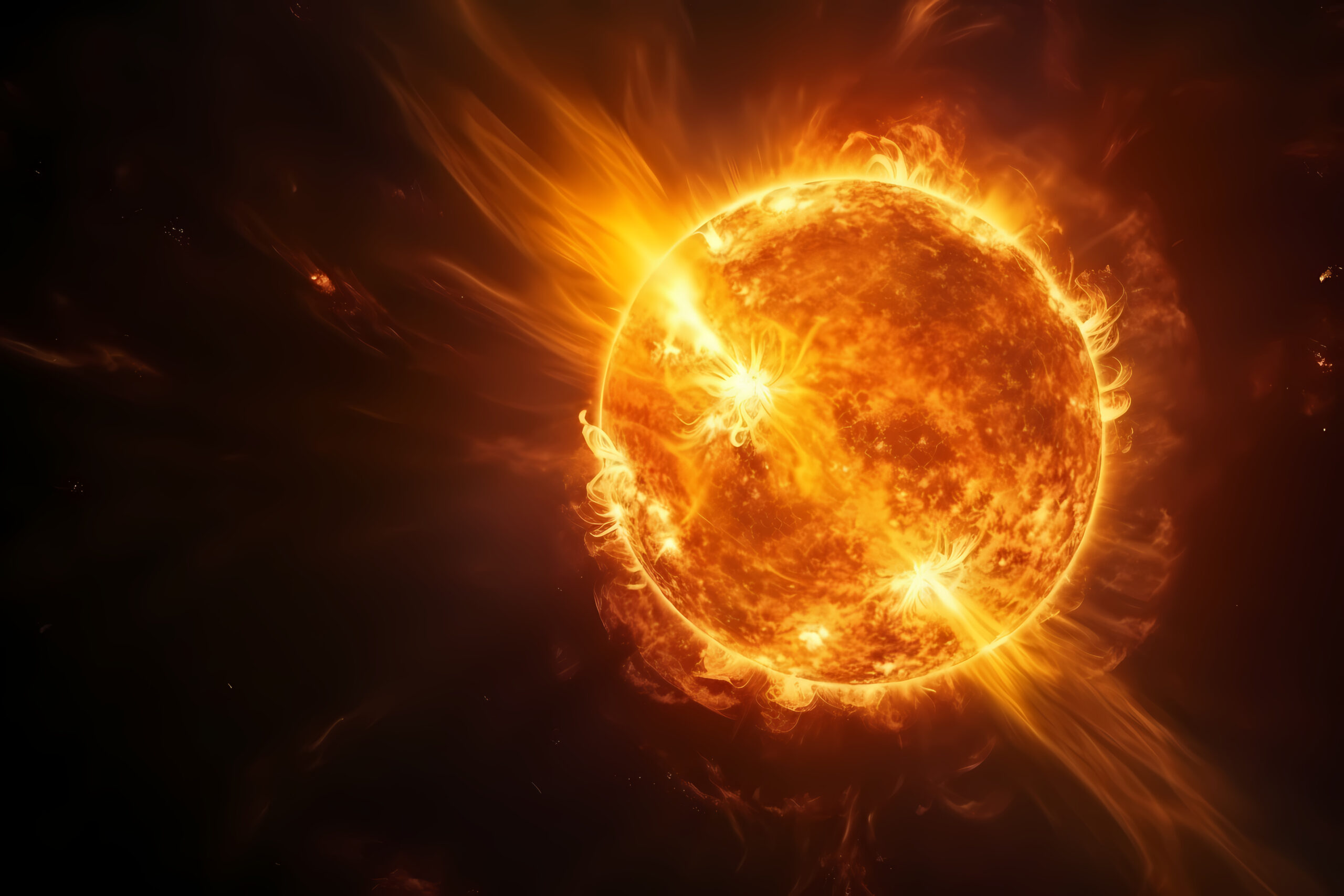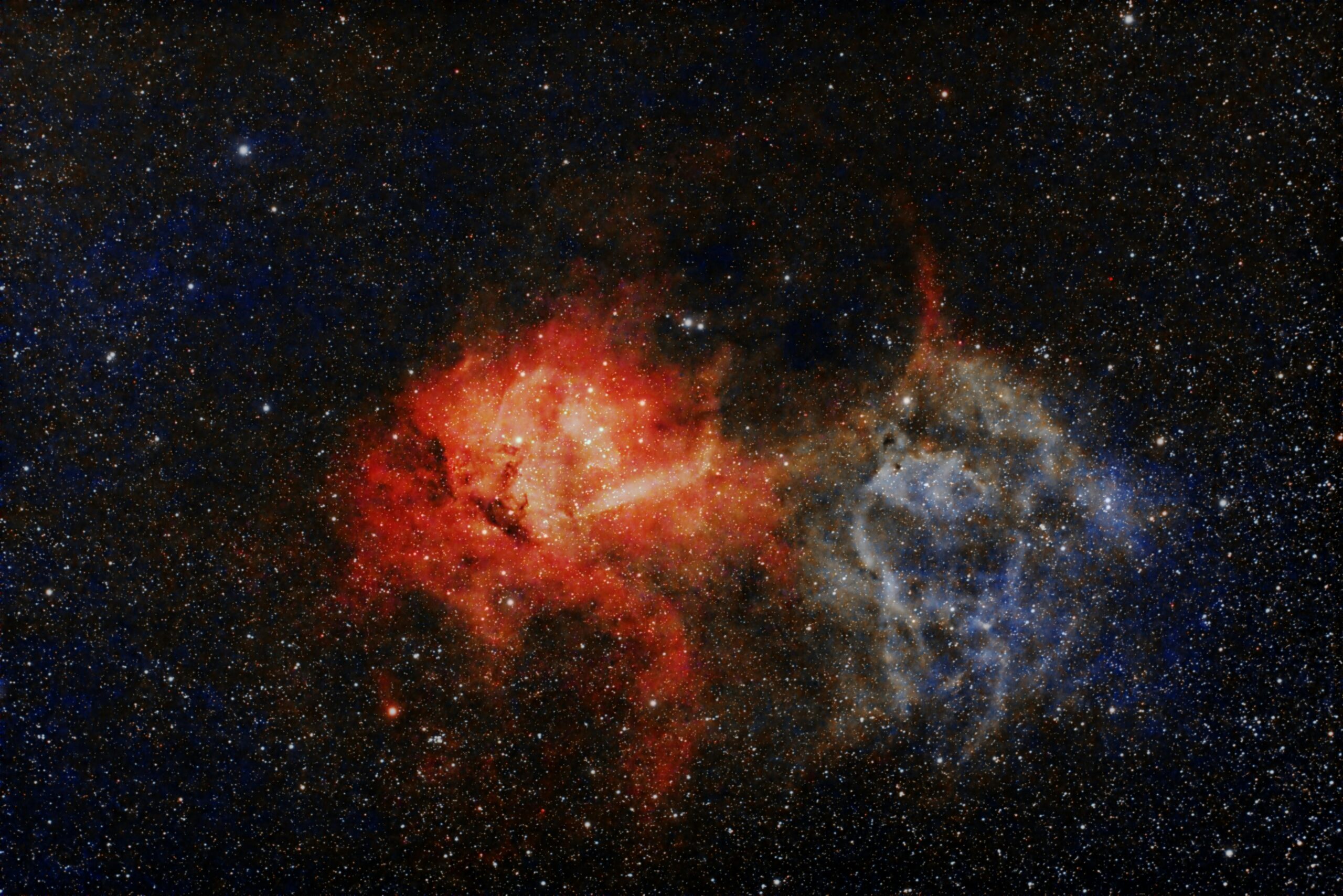
Astronomers have identified the most powerful cosmic explosions known to science, marking a groundbreaking discovery in our understanding of the universe.
These catastrophic phenomena, dubbed extreme nuclear transients (ENTs), represent a entirely new class of cosmic events that dwarf all previously recorded explosions in space.
The mechanism behind ENTs involves colossal stars—many times more massive than our own Sun—that venture too close to supermassive black holes. When this happens, the black hole’s tremendous gravitational force literally rips the star to shreds, creating a violent collision that releases staggering amounts of energy across the cosmos.
Although astronomers have previously studied tidal disruption events—instances where black holes destroy nearby stars—ENTs operate on an unprecedented scale. These explosions burn approximately ten times brighter than conventional visible starlight and can continue blazing for multiple years, generating energy levels that surpass even the most powerful supernovas ever documented.
According to lead researcher Jason Hinkle, ENTs distinguish themselves not only through their extraordinary brightness but also their remarkable duration compared to standard tidal disruption events. The most extreme ENTs can produce up to 25 times more energy than the most powerful supernova ever recorded.
To put this in perspective: a typical supernova releases energy equivalent to what our Sun produces over its entire 10-billion-year lifespan—yet the most powerful ENTs can generate comparable energy output within a single year.






